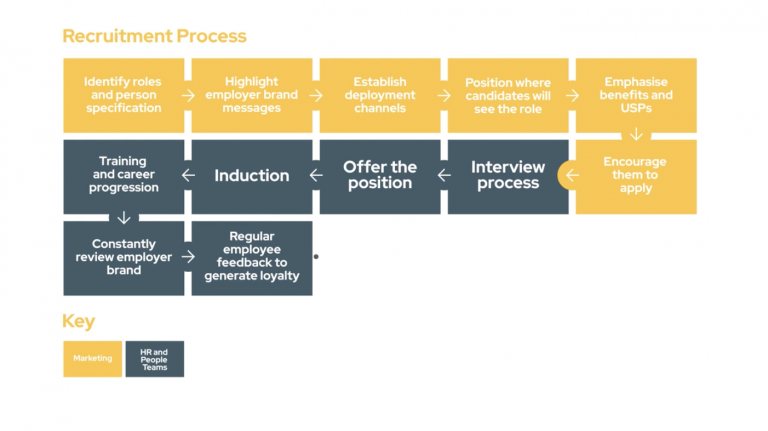Once you’ve decided to create a video for your business, a major success factor will be choosing the right agency to create it for you. Providing an informative video brief will help you through this process.
A great video brief provides a framework for your responses and ensures that you can compare like for like when making the decision as to which agency is going to do the best job for you.
Video brief guide
Here are 6 areas to include in your video brief:
1. What are you trying to achieve with the video?
Here are some suggestions of what might be important to you:
- A corporate video providing an overview of the business, to be used on the Home page of the website
- A series of ‘How to’ product explanation videos
- Simplifying the communications of a complex product / service
- A seasonal offering, such as a Christmas event – video to be used in subsequent years so mustn’t be date/year specific
- Customer case study
- Snippet videos to extend reach on social media.
Understanding exactly what you are trying to achieve with your video, helps us to provide an accurate and meaningful proposal. We’d be able to provide advice based on experience as to the best approach, along with examples.
2. About your target audience
Provide back ground information about your business, products and services.
What are the demographics of your customers? What are their pain points that you are resolving?
It’s also helpful to know the kind of clients you don’t want to appeal to.
3. Schedule of dates
Is there a deadline when the video must be completed? This could be for an exhibition, product launch or marketing campaign?
Any good agency will have a number of bookings already in the schedule and therefore a lead time, so it is unlikely they will be able to start immediately, so be realistic with expectations.
We have robust video development processes, which for delivery and quality purposes cannot be compromised. The live action video development process consist of nine stages and the animated video development process consists of six stages.
You should be provided with a schedule of dates. Typically, we allow 4-6 weeks, but could be longer dependent upon the size and complexity of the video or the project team involved. Equally it could be turned around quicker if we need to be more responsive.
4. Content
The detail for the script or storyboard will be dealt with during the first production meeting, however an indication of the content of the video will help the agency to understand the best format (live or animated) and what impact it might have on the production, such as people in the video and location.
5. The Team
The more people involved in the video project the slower questions are answered and feedback is delivered. So, it’s helpful to include in the brief who leads the team and who else is involved, including contact details. It is crucial to identify who has the final sign off for each stage to ensure they are ‘in the loop’ throughout the project.
6. Budget and costs
Stating a budget in your video brief is really important. It’s pointless receiving a quote for an ‘epic’ when you have the budget for a ‘pilot’.
We will be honest about what can be achieved with the money you have to spend.
There is always a reluctance to offer a budget, and that is understandable as you want to know what an agency can offer. It can however be a counter-productive approach. You might go out for three quotes, the lowest comes back at £1,500 and the highest quote comes in at £5,000, with one in the middle at about £3,000. One feels too cheap, one feels very expensive and one seems like the obvious choice as it is in the middle. Include in your video brief something along the lines of: “our ideal budget is £2,000, but we would be willing to move to £4,000 if justification and value for this increase can be shown”.
Now you enable the lower quote to include more high value production rather than trying to compete purely on cost, the higher quote can scale down their deliverables or graciously decline to submit a proposal, and the middle quote gets to justify their cost.
Also, stipulate that you would like a clear and understandable breakdown of costs.
Now you have a better situation, choosing from quotes that are more easily compared like-for-like, and you know exactly what you’re getting for your money.
Remember to check (or ask if it’s not obvious) if there are additional costs, such as stock video footage, hire of actors, location costs or props or simply if VAT is included in the price.
Finally…
The more information you can provide in your video brief the better. It helps the agency to deliver a better response to your initial request. But, most importantly it will enable you to accurately compare one agency with another and make the right decision as to which agency to trust to create an excellent video aligned to your original objectives.


